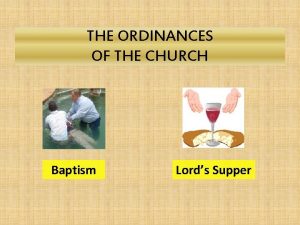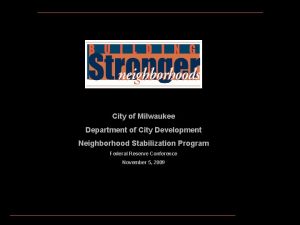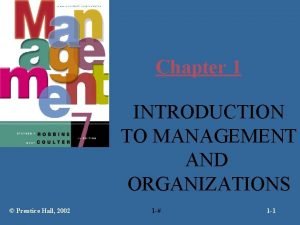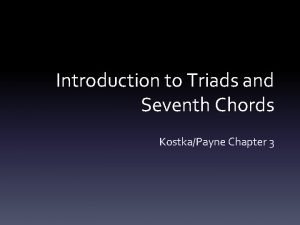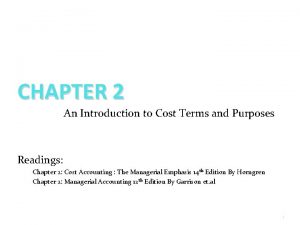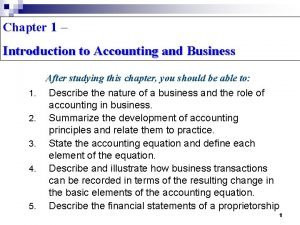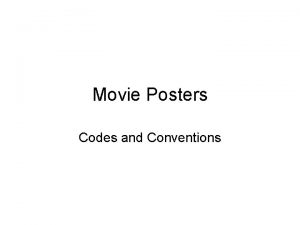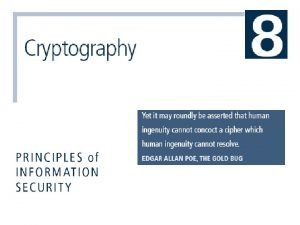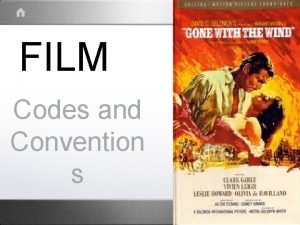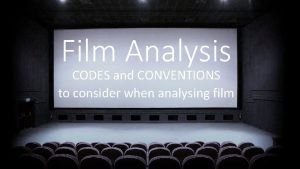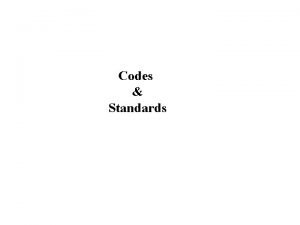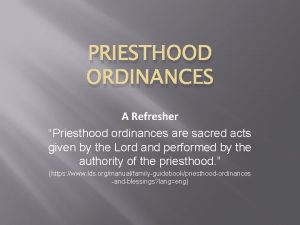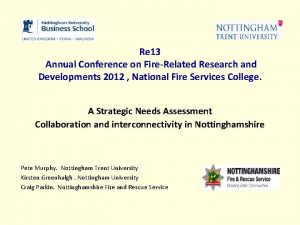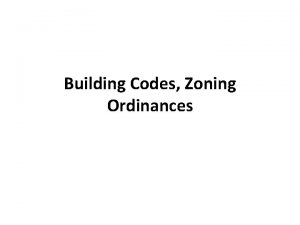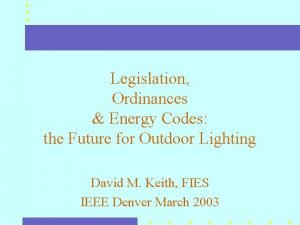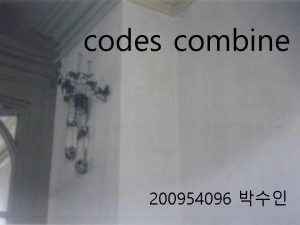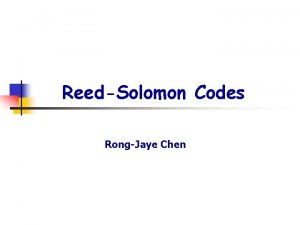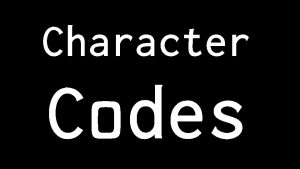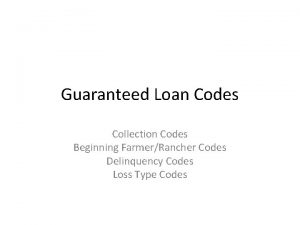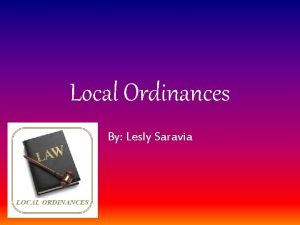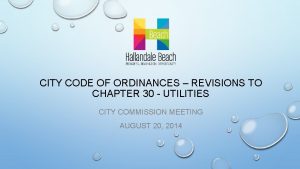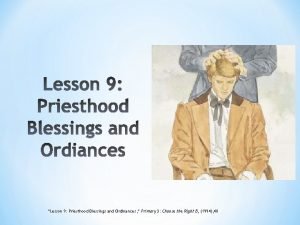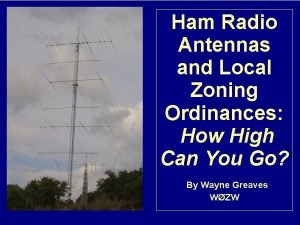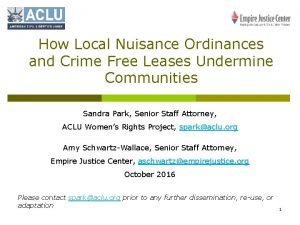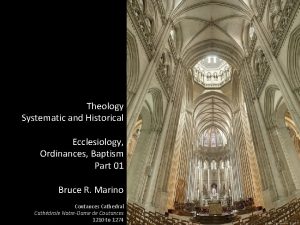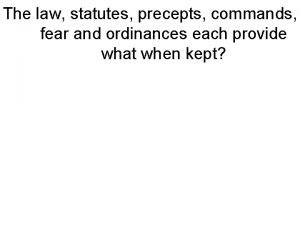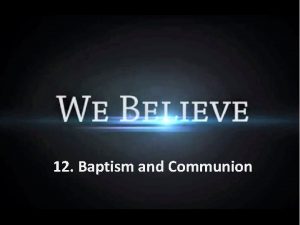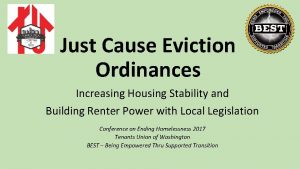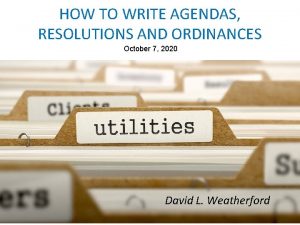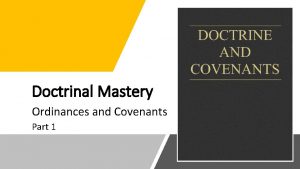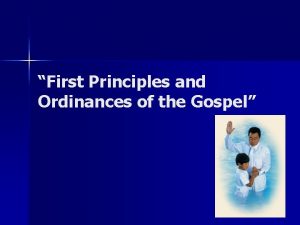Chapter 11 FireRelated Codes and Ordinances Introduction Codes






























- Slides: 30

Chapter 11 Fire-Related Codes and Ordinances

Introduction • Codes and ordinances fall under the broad description of laws • Laws are written and adopted on all three of the levels of government: federal, state, and local • There are clearly laid-out relationships among the different levels of government and their influence on each other

Learning Objective 1 Federal, State, and Local Regulations JURISDICTION • Limits of territory • Several levels of laws DIFFERENT LEVELS OF JURISDICTION • Federal • Local • Combination

Learning Objective 1 Federal, State, and Local Regulations STATE FIRE MARSHAL • Jurisdiction in state-owned buildings • May allow fire department to enforce in certain occupancies LOCAL ZONING COMMISSION • Regulates what types of occupancies are allowed

Learning Objective 1 Federal, State, and Local Regulations LOCAL BUILDING DEPARTMENT • Responsible for enforcement of codes • Determines occupancy types in buildings • Needs notification of major work done • Needs notification of change of occupancy

Learning Objective 1 Federal, State, and Local Regulations MAKING A REFERRAL • Violations may not be of the fire code • Personnel must refer to the appropriate agency PUBLIC RELATIONS • Fire department’s role of assistance • Work with other public agencies

Learning Objective 2 Responsible for Enforcing Codes and Ordinances FIRE PREVENTION BUREAU • Legal responsibility and authority • Inspect rather than act on demand SEE VS. CITY OF SEATTLE • Warrant procedure for administrative entry • Set forth guidelines for inspection agencies

Learning Objective 2 Responsible for Enforcing Codes and Ordinances RECOMMENDATIONS FOR FIRE INSPECTORS • Must be adequately identified • State the reason for the inspection • Must request permission for inspection • Develop a reliable record-keeping system • Must be trained in fire hazard recognition

Learning Objective 2 Responsible for Enforcing Codes and Ordinances STATE CODES BASED ON NATIONAL MODEL • Codes may be divided by type • State fire marshal • Local fire departments and codes and ordinances v Most jurisdictions adopt model codes • Ordinances not addressed in the model code

Learning Objectives 3 and 4 Why Codes and Ordinances Are Created How Codes and Ordinances Are Adopted MODEL FIRE PREVENTION CODE DEVELOPMENT • Model fire prevention code developers • Nationwide fire code v Allows designers to all use same set of regulations • Benefits of nationally recognized model v Minimizes likelihood of conflicting code requirements

Learning Objectives 3 and 4 Why Codes and Ordinances Are Created How Codes and Ordinances Are Adopted MODEL FIRE PREVENTION CODE SECTIONS • Divided into sections that deal with certain topics • NFPA’s National Fire Codes • Codes versus standards • Adopting a model code

Learning Objectives 3 and 4 Why Codes and Ordinances Are Created How Codes and Ordinances Are Adopted OCCUPANCY CLASSIFICATION • Determine classification when fire code is applied • Select classification that fits the use of the building • Occupancy subcategories • Importance of occupancy classification

Learning Objectives 3 and 4 Why Codes and Ordinances Are Created How Codes and Ordinances Are Adopted CONSTRUCTION TYPES • NFPA 220, Standards for Types of Building Construction • Shorthand notation v Type I, III, IV, and V • Model building codes v Property line v Proximity of buildings

Learning Objectives 3 and 4 Why Codes and Ordinances Are Created How Codes and Ordinances Are Adopted CODE DEVELOPMENT • Commonly developed in response to a disaster • Need for increased public safety v Right to Know laws • Ongoing process that is becoming proactive

Learning Objective 5 Court Decisions Affecting Codes and Ordinances JURISDICTION • Court cases jurisdiction • Fire department jurisdiction v Limits of territory • Acting outside your jurisdiction is not legally taking action

Learning Objective 5 Court Decisions Affecting Codes and Ordinances COURT SYSTEM LEVELS • • Federal circuit court of appeals Federal district courts State district court of appeals State district or superior courts Municipal or county courts

Learning Objective 6 Relationship of Codes and Standards CODES • Bodies of regulation adopted by ordinance STANDARDS • Recommendations on how things should be done NFPA • Standards used in design of apparatus and equipment

Learning Objective 6 Relationship of Codes and Standards STANDARD ADOPTED AS MEMORANDUM • Items referred to must meet the standard • May state replacement of non-standard equipment STANDARD ADOPTED AS POLICY • Recognized use without force of law • Points of the code illustrated

Learning Objective 7 Legal Terms Applying to Codes and Ordinances LAWS ARE PIECES OF ENACTED LEGISLATION • • • Supreme law (U. S. Constitution) Statutory laws Codes Regulations Organization Cont.

Learning Objective 7 Legal Terms Applying to Codes and Ordinances LAWS ARE PIECES OF ENACTED LEGISLATION • Precedents • Court decisions • Intent of law • Applicable laws in any situation • Variances

Learning Objective 7 Legal Terms Applying to Codes and Ordinances LAWSUITS • Lawsuits for not saving property • Torts • Addressing issues through policies • Simple policies to limit liability

Learning Objective 7 Legal Terms Applying to Codes and Ordinances STANDARD PROCEDURE FOR COMPLAINTS • Person complaining should contact a supervisor • If warranted, investigation procedure will begin • Assure person that complaint will be investigated • Discourage, delay, or cover up will incur disciplinary action • Also complainant’s responsibility to be truthful

Learning Objective 7 Legal Terms Applying to Codes and Ordinances HARASSMENT-FREE WORKPLACE • Harassment v v Physical conduct Verbal or written conduct Visual or symbolic conduct Work environment • Harassment or retaliation procedures

Learning Objective 8 Codes and Ordinances for Safety and Operations OPERATION OF EMERGENCY VEHICLES • Class B license requirements and fire departments • Traffic laws • Authorized emergency vehicles • Duty to drive with regard for safety of persons and property

Learning Objective 8 Codes and Ordinances for Safety and Operations INFECTIOUS DISEASE • Federal Rehabilitation Act of 1973 • HIV and Federal Rehabilitation Act • Protecting responders • Possible exposure to HIV

Learning Objective 8 Codes and Ordinances for Safety and Operations GOOD SAMARITAN LAWS • Persons voluntarily assisting an injured person v Not chargeable for errors or omissions in care given v Only applies if acting within scope of your training v If acting outside the scope of your training, you could be held liable for injury to victim

Learning Objective 8 Codes and Ordinances for Safety and Operations PERSONNEL SAFETY • 29 CFR Part 1910 Operating in IDLH atmospheres • 23 CFR Rule 634 Firefighter High-Visibility Safety Apparel • 2009 NFPA 1901, Standard for Automotive Fire Apparatus

Learning Objective 8 Codes and Ordinances for Safety and Operations SCENE MANAGEMENT • Agency in charge of the emergency scene v May be determined by law • Scene manager v Highest-ranking member of public safety agency • Arson unit has primary investigative authority

Learning Objective 8 Codes and Ordinances for Safety and Operations HEALTH INSURANCE PORTABILITY AND ACCOUNTABILITY ACT (HIPAA) • States health information can only be given to someone directly involved in treatment of the patient • Patient care report must be kept confidential • Affects firefighters due to their response to medical aid incidents

Summary • Introduction to the law and how it works • As a firefighter, it is important to have an idea of how laws apply to the performance of duties • Know when you are legally required to act and to what extent you can legally act • Performingduties within your scope of training and to the best of your ability will exempt you from liability in almost every situation
 The ordinances of the church
The ordinances of the church City of milwaukee code of ordinances
City of milwaukee code of ordinances Body paragraph
Body paragraph Marine ecology
Marine ecology Chaparral climograph
Chaparral climograph Introduction to management and organization
Introduction to management and organization Waistline
Waistline Accounting in business chapter 1
Accounting in business chapter 1 Inversion hotline
Inversion hotline Introduction to accounting and business chapter 1 answers
Introduction to accounting and business chapter 1 answers Introduction to accounting and business chapter 1
Introduction to accounting and business chapter 1 Chapter 2 an introduction to cost terms and purposes
Chapter 2 an introduction to cost terms and purposes Chapter 1 introduction to human anatomy and physiology
Chapter 1 introduction to human anatomy and physiology Chapter 1 introduction to accounting and business
Chapter 1 introduction to accounting and business Introduction and mathematical concepts
Introduction and mathematical concepts Chapter 1 introduction to computers and programming
Chapter 1 introduction to computers and programming Forensic science chapter 1
Forensic science chapter 1 History of python
History of python Chapter 1 introduction to computers and programming
Chapter 1 introduction to computers and programming Chapter 1 introduction to computers and programming
Chapter 1 introduction to computers and programming Chapter 1 introduction to accounting and business
Chapter 1 introduction to accounting and business Anterior posterior ventral dorsal
Anterior posterior ventral dorsal Vce media
Vce media Slogan about media codes and conventions
Slogan about media codes and conventions The process of making and using codes to secure information
The process of making and using codes to secure information Photography genre
Photography genre Symbolic codes film
Symbolic codes film What film is this
What film is this Technical codes camerawork
Technical codes camerawork Sap emm
Sap emm Code standards and practices 3 lesson 1
Code standards and practices 3 lesson 1
